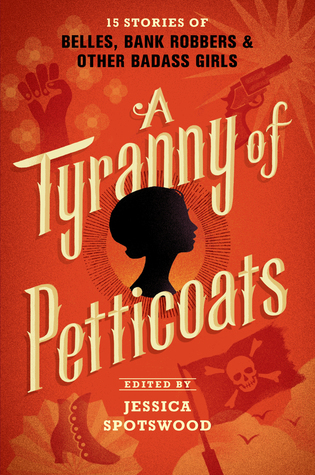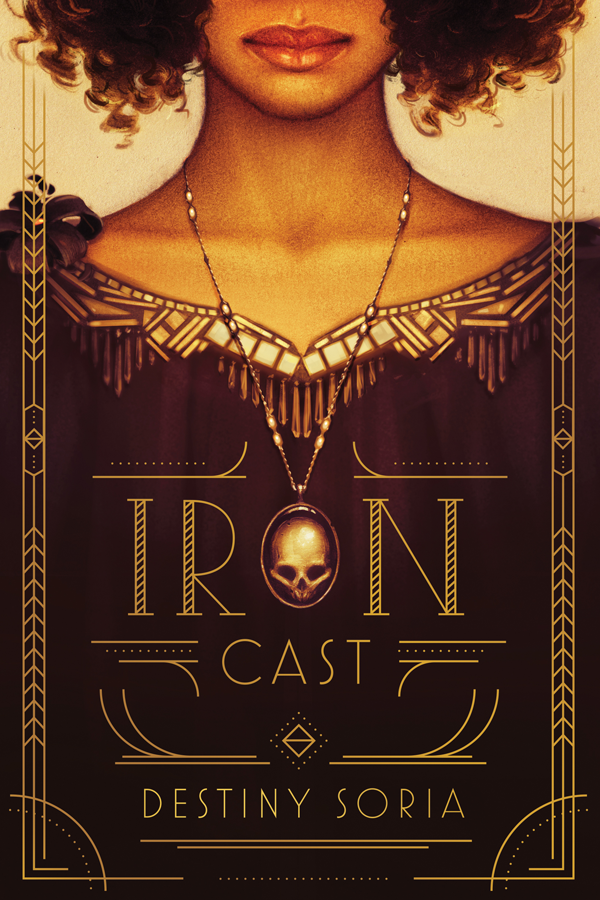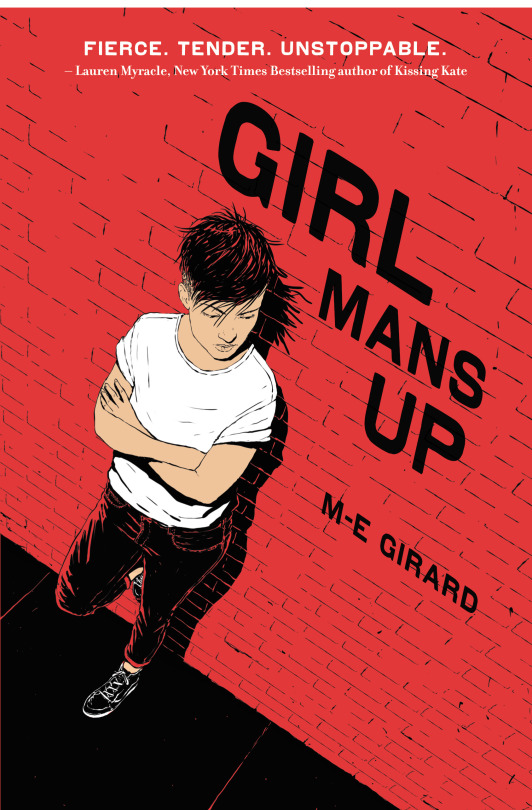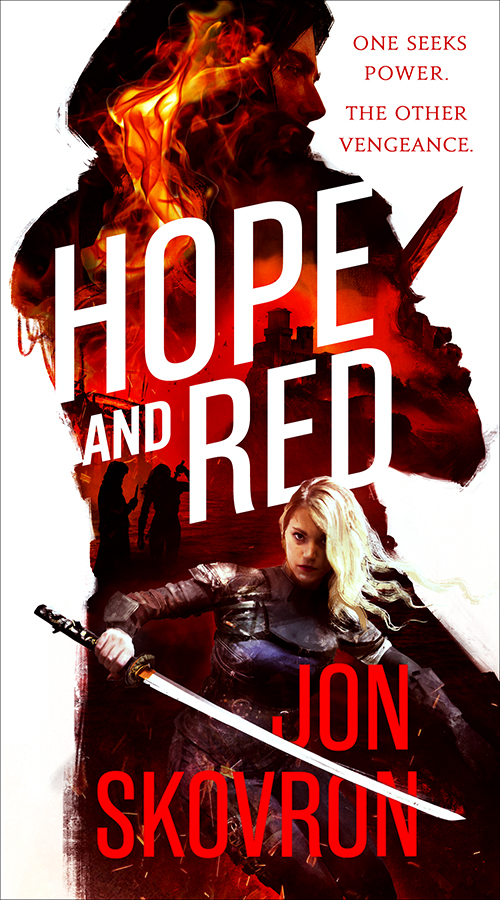I received the following Ask on Tumblr but figured the answer warranted a more detailed post here, too.
You may have already talked about this at some point, but I was wondering if you could talk about how your outlining process works? It sounds stupid because I know there are a ton of different ways to outline but I don’t really know how to outline at all….?
Hey there! You’re correct—there are a ton of different ways to outline, and none of them are wrong, though some may be better for you and the way you write than others. In fact, I often outline differently for each project. Sometimes it’s about refining my outlining strategy to fit my writing style; others it’s very particular to the book that I’m working.
I wrote about the way I outlined and drafted A Darkly Beating Heart in this blog post, and reviewed a couple of other different strategies for making outlining work for you, if you haven’t previously been an outliner, in this post.
For this post, I’ll do something a little different, and walk you through how I’m tackling the book I’m drafting right now: a middle grade novel called Ghosts of Grimley. I’m usually extremely secretive and protective of the things I’m drafting, especially if they aren’t under any sort of contract, but I feel like this book excellently exemplifies how I’m approaching outlining of late. So… *deep breath* I’m gonna dangle my ugly baby in front of you all and ask you to kindly not mock it too much.
I started with the central idea of my book. The spark that made me want to write it; the thing I absolutely could not take out of this book without it crumbling to nothingness.
Spark: A girl attending boarding school in a spooky Victorian tourist town gains the ability to see ghosts after a near-death experience.
Okay, so it’s a fun concept. But it isn’t a plot. To build a plot around it, I need to first think about what I want this concept to accomplish. These should, ideally, all be things that get you more excited to write the book. They don’t have to make sense or be any sort of coherent order:
- Cool Victorian Spiritualist history to the town, rife with drama and murder
- Ghosts going from being scary to being pretty obnoxious to making peace with them
- Struggling with middle-grade friendships, especially when carrying a big secret you can’t share with your friends
- Secret societies in the past and the present
- Questioning the infallibility of grown-ups—knowing more than them or believing in things that they won’t believe
- Ghost sisters!!! With SECRETS
- (several very spoilery ideas omitted)
All right, now I’ve got some elements I can shape into a roughly plot-shaped heap. Now I’ll start looking at some of the established story structures from some of my favorite writing resources.
Story Engineering structures the plot into 4 quarters—roughly, a 25% first act, 50% middle act, and 25% third act—with different beats along the way.
Libby Hawker presents a character-driven method of challenge, failure, adaptation, re-challenge.
John Truby drills down to 22 kinds of story beats.
Some other options: Writing the Breakout Novel, Writer’s Digest: Plot & Structure.
I don’t use any one of these templates as gospel, nor do I particularly recommend doing so—it leads to what I call the “Matrix effect” in your storytelling. You know what I’m talking about—where if you consume enough media and study enough craft, you can suddenly see the Matrix code behind every. fargin’. book and movie you consume, and then you become that obnoxious person (me) who gives away all the major twists before they happen and then your husband just looks at you with a long-suffering sigh. (Sorry, honey.) Instead, I mix and match to design the structure that most speaks to the story I’m trying to tell.
Because Ghosts of Grimley is middle grade—and therefore a little bit of straightforwardness is acceptable—and because I want to focus on the character’s personal growth, I chose to mix the Story Engineering approach with the character-driven elements of Take Off Your Pants and Write.
So I pulled out my notebook and started with my main character, Ruby.
Goal: Gain better control of her newfound ability to communicate with ghosts. Help ghosts. Gain the credibility and respect of adults (later refined to her older brother and her absentee parents).
Flaw: Feels invisible and unimportant. No confidence in herself. Has a history of not being believed or taken seriously (parents too busy).
Now I know what personal challenge Ruby needs to overcome in the act of trying to solve the central trial of the book. I also filled out details for antagonists, allies, and other themes I wanted to address.
Then I got to the story structure.
OPENING: near-death experience while investigating the secret society.
Exploration: recovering from experience. No one believes about secret society. Seeing ghosts
INCITING INCIDENT (25%): ghost sister No. 1 comes to Ruby for help. Agrees, in exchange for information about the secret society, which ghost sister No. 1 claims to possess
And onward, using the various resources I mentioned above to inform what sort of shape I wanted the book to take. Because I wanted a character-focused book, I chose to focus on the mystery of the GHOST SISTERS WITH SECRETS to carry Ruby through the book and her trials of finding confidence and credibility, and set milestones for this thread along the 25%, 50%, 75%, etc markers, then used the other elements I wanted (friendship struggles, town history, helping other ghosts, etc) to fill in the spaces in between.
That gave me a one-page outline of bullet points. Then I took that outline and started fleshing it out into chapters, working through my bullet points to expand them into something more plotty. For my Inciting Incident chapter (ghost sister comes to Ruby for help), that looked roughly like this:
Chapter 5
-
Ruby awakens to ghost at foot of bed. It’s woman who attacked w/ parasol. I know you can see me.
-
Ugh what do you want go away
-
You can see me. I need your help. I want to be able to leave, too.
-
Why do you think I can help? Bc you can find out things. we’re ghosts because we’ve got unresolved issues—I’LL SAY—and you can help me resolve them
-
Lady I got problems of my own. Like cult?
-
…I can help you with those. How? I know things. I can go places you can’t. but you have to help me, too
-
is this ghost seriously bargaining with me? Ok fine. You have a deal. What do you want to know?
-
I need your help finding my sister. I need to know how she died (or maybe tell her I’m sorry)
And so on, until I’d worked through the whole book.
By this point, I had a really good feel for the themes and stories I wanted to weave into this book, but I didn’t have as good a grasp on my main characters (allies and antagonists) as I wanted. So I found a couple of different character sheets online, and ultimately chose to use the same one I’d used for the Series Bible for The Witch Who Came In From the Cold, because I loved the details about how characters react, how they dress and speak, etc.
Once I’d fleshed my main characters out and jotted down a couple other notes about theme, atmosphere, and other elements (I’d decided Ruby wanted to be a photographer, and therefore wanted to include a recurring theme of Ruby mentally framing shots in her head), I felt ready to begin drafting.
Kind of.
The above chapter-by-chapter outline is fairly detailed, but it still isn’t down to the level of granularity I like to have before me when I’m actually writing. When I’m drafting, I want to know pretty much beat by beat where I’m headed, so I can focus on writing the sentences themselves well without also having to juggle the mental burden of figuring out how they connect to one another. (NOTE: Another way to try outlining, if you find this too restrictive, is to reverse this—write out all the thematic/atmospheric/emotional elements you want in a chapter while leaving the who/what open for you to explore as you write.) I also inevitably find new cool story threads cropping up while I write, and want to weave them into the later chapters.
So just before I dive into the next chapter, I take the bulleted chapter description from above and expand it even further to give me detailed beat by beat notes, like so:
Chapter 5
-
R awakens to eerie blue light. Hisses at K to step away from the fanfic and go to sleep. But it’s not K. Weird chill; eyelashes feel frozen together. Smell like wilted flowers. WTH.
-
Rustle of fabric. Faint whisper of Ruby’s name like from inside her head. Glance toward window. Faint blue glow reflecting from inside room. Deep breath. Can’t be afraid.
-
Looks to foot of bed. Jumps. Woman from before w/ parasol. What the heck are you doing?! Leave me alone!
-
Don’t want to wake your friend. Beckons. I know you can see me. That’s why I need your help.
-
Slips out of bedroom, follow me. Goes to communal bathroom—safest place to talk. Has to wait for R to open door. Can’t open it yourself? Dirty look. I can just walk through it. But I was trying to be polite.
-
Huddle in farthest changing stall. Younger than thought—maybe around Jivan’s age or a little older. Name’s Mildred. Mildred Crouse. Why do you need my help?
-
Because you can see us. The ghosts.
-
R cringes. Is that really what you are? Mildred: Isn’t it obvious? We’re restless spirits. Stuck to this earth bc of unresolved business. R wriggles eyebrows. Really? You ALL have unresolved business. Who decides what’s resolved and what’s not?
-
Do you want to help me settle my business or not? R sighs. I’ve got enough of my own problems. Crazy cultists trying to kill me. M: Yes, well . . . perhaps I can be assistance there.
-
Um what? how? Leans forward; rotten smell intensifies. Yikes this lady needs shower. Can ghosts shower? Can’t even open doors…
-
I know plenty about the cultists. And I can go places you can’t. But you have to help me, too. So I can be at rest.
-
Why do ghosts always want to be at rest anyway? Isn’t it cool that get to stick around? HUFF that’s not the point. Do we have a deal?
-
I dunno. Sounds suspiciously like blackmail. M: Let’s just call it mutually beneficial arrangement. R considers. One adult who seems to get it. OK fine. Holds out hand to shake but M snorts. Makes big show of gripping hand but passes through. In my day we took blood oath, but that’s out of question, too.
-
R: ugh god so wordy. What is it you want to know?
-
I’m trying to find my sister, Minerva Crouse. Turns serious, glances down. I need to know how she died. And if she’s a ghost, too.
Note that I try to keep markers in there to remind myself bits and pieces about atmosphere, mood, personality, etc as well as just plot, because when you’re writing very quickly, it is easy to let those details slide. I try to get the basic flow of dialogue down without worrying too much about speaker tags and so on, because I should have a pretty good idea who would say what. And if it gets expanded in the writing, that is perfectly fine.
Now it’s time to write. I set a 30-minute timer, and all of that work turns into this (only an excerpt of last portion):
Millicent looked down at her pointed boots for a moment. It was the expression Mom got whenever Jivan and I would fight, like she was gathering up the energy to yell at us. “I am aware of this . . . cult. So perhaps I can be of assistance.”
“You know who they are?” I leaned forward, now wide awake. As I got closer to her, the rotting smell intensified. Yikes. Millicent needed a shower. Could ghosts use showers? She couldn’t even open a door for herself, after all.
“Oh, yes. I know a great many things about them.” She smiled sadly. “I have a great deal of time on my hands, as you can imagine. And I can go places you can’t. Slip around unseen.”
My heart pounded in my ears. She could help me get proof the cult existed. Maybe even find out who the members were! Then I could go to the police. Convince them I wasn’t imagining it.
Millicent raised her chin. Without her hat, I could finally see her eyes—or rather, the horrible black holes where her eyes belonged, deep as graves. And those weren’t just bags under her eyes. They were streaked with dried blood.
Maybe I didn’t want to know how she died after all.
“I’ll find out whatever it is that you wish to know,” she said. “But first . . . you must help me be at rest.”
“Why do you want to be at rest, anyway? I mean, you get to live beyond death. Isn’t that cool? Don’t you want to stick around as long as you can?” I was yammering away now. Anything to distract myself from those horrible eyes.
Millicent exhaled loudly. “That isn’t the point! Do we have an agreement, or not?”
“I dunno . . . It does sound suspiciously like you’re blackmailing me.”
She pressed her lips into a thin smile. “Let’s just call it a mutually beneficial arrangement.”
I rubbed my chin. On the one hand, it sounded a whole lot like she was going to use me to get what she wanted and give me only a little bit of information in return. But on the other hand—she actually believed me. Knew what I was going through. And if she could help me find something, anything to prove to everyone what I’d seen . . .
“All right. You have a deal.”
I held my hand out to shake, but she laughed, and made a big show of trying to grip my hand. She passed right through me with a rush of cold.
“In my day, we took a blood oath,” Millicent said. “But I’m afraid that’s out of the question now, as well.”
I rubbed my hand back and forth on my fleece pajama pants to warm it up. “So what is it you want to know?”
Millicent clutched her hat with both hands. “I’m looking for my twin sister, Minerva Crouse.” Her voice was far softer than before. “I need to know how she died. And whether she’s a ghost, too.”
No, I didn’t follow the outline precisely. As I wrote, I found new ways to weave it together and work in fresh details I hadn’t thought of. But that’s what relieving the mental burden of figuring out the plot as I wrote it allows me to do.
You may be thinking, “Good grief. That sounds like an obscene amount of busywork.” And it is a lot, I know. But let me tell you—it goes fast. It takes me maybe a day or two to get my first bulleted plot sketch written down, then another day or two to break it into chapters. Then the beat by beat for each chapter is 30 minutes to an hour. I’ll typically do these over lunch, while dinner’s in the oven, or before bed. Sometimes I can outline a whole chapter while waiting on the quick match queues for Heroes of the Storm to pop. (I can feel my accountabilibuddy judging me from here fyi)
Then there’s the actual writing. Without an outline, I think on my best days, I was averaging 800-1000 words an hour, painstakingly trying to shape my story and my words at the same time. And so often, I would have to backtrack, erase, or tear apart and drastically rework those words. My first published novel, Sekret, got rewritten eight times. Eight. Because each time I wrote it, I only had about eight or ten plot points in my head, and I tried to string everything else together going by instinctive story shape alone.
With an outline, I’m averaging 2500-3500 words an hour. And so far, an immeasurable amount of time saved on the revising end. Because for me, it’s so much easier to fix plot problems while they’re still bullet points than when they’re 35,000-word chunks of text.
So that’s the system that’s working for me right now. I have no doubt I’ll add, change, and drop elements as I use it more. I’d love to hear what’s working for you!























